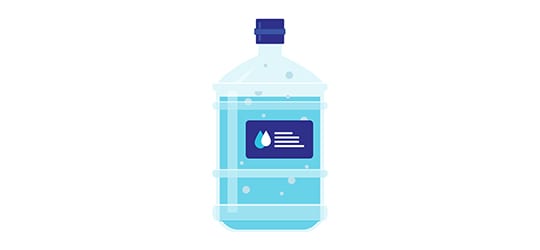-
Help Protect Your Home’s Air Quality in a Hurricane
10 Preventive Steps to Take to Help Protect Your Home’s Air Quality in a Hurricane
10 Preventive Steps to Take to Help Protect Your Home’s Air Quality in a Hurricane10 Preventive Steps to Take to Help Protect Your Home’s Air Quality in a HurricaneYou can’t stop a hurricane from hitting your home, but you can prepare to minimize the air-quality effects.
With their strong winds and high waters, hurricanes can be property-damaging natural disasters — but they can also negatively impact your home’s indoor air quality. If you live in a hurricane-prone area, take these 10 preventive steps to help protect your indoor air supply during hurricane season.
-
1. Cover windows with storm shutters or plywood.
Not only does this prevent broken glass, which can cause injury, but it also helps keep out heavy rain that can damage furniture and lead to mold growth.
-
2. Disconnect gas appliances.
During a hurricane, it’s a good idea to disconnect appliances that use gas.
The strong winds and high waters from hurricanes can damage gas-powered appliances, potentially leading to gas leaks. If instructed by local authorities, disconnect any appliances that use gas. Don’t, however, turn off your gas supply at the main meter. That should only be done by emergency personnel or the utility company.
-
3. Purchase N95 respirators.
After a hurricane, your home could be filled with hazardous airborne substances, which can be generated while cleaning or repairing damaged structures.¹ Call a professional to clean or repair your home if you suspect there’s potential exposure to harmful contaminants. When you are sure you can safely enter your home post-hurricane, especially if you plan to aid in the cleanup efforts, put on an N95 respirator, which can help reduce exposure to airborne particulates.²
4. Anchor generators, propane tanks and gas grills outside.
While you may be tempted to bring these items inside with the patio furniture and garbage cans, doing so puts you at risk for carbon monoxide poisoning. If you must use any gas-powered machines after a hurricane, move at least 20 feet away from the house before operating.³
5. Keep up on HVAC filter changes.
Replace your filter to ensure your HVAC system is filtering the air at maximum efficiency during or following a storm. Filtrete™ Air Filters and Smart Air Filters of MPR 1500 and above can capture airborne particles like mold, bacteria and viruses. For an air-quality boost after a hurricane, also consider an air purifier, especially if your home will require construction to repair hurricane damage.
Ahead of hurricane season, stock up on safe drinking water.
-
6. Stockpile clean water.
During natural disasters like hurricanes, groundwater can become contaminated with pollutants. These volatile chemicals can make their way into your home’s air supply when you carry out activities like showering and cooking.⁴ Rather than rely on your city’s water supply, make sure you have a few days’ worth of bottled water for everyone in your family, including pets. If you must use your city’s water, boil it first.⁵
-
7. Use flashlights instead of candles.
If you lose power, you’ll want your light source to come from flashlights rather than candles, since the smoke can give off air-polluting soot. Don’t forget extra batteries.
8. Test your carbon monoxide detector.
Check your carbon monoxide detector is working properly (batteries should be changed every six months, and the entire unit replaced every five to seven years). A battery-operated backup detector is a smart idea too, especially if you anticipate running a generator.
9. Air out your home.
Prior to a hurricane, get rid of any existing moisture in your home by opening windows and doors. Check that all are securely latched and boarded before the storm hits.
-
10. Fix leaks and gaps.
Any cracks and crevices in your home are an invitation for water to seep in, making mold prevention difficult. Do a walk-through of your home, fixing leaky roofs and missing shingles. Replace worn-down weather stripping, and caulk around doors and windows using spray foam or rubber caulk.
-






